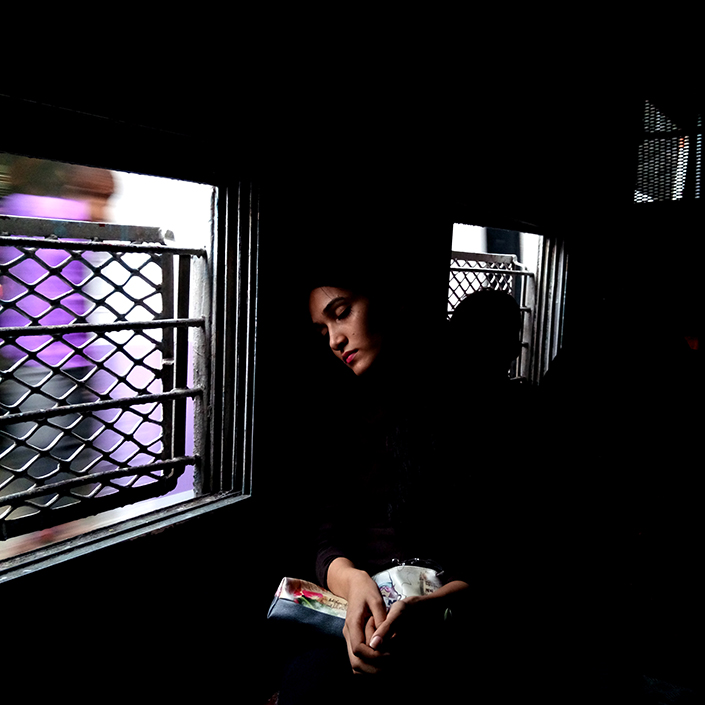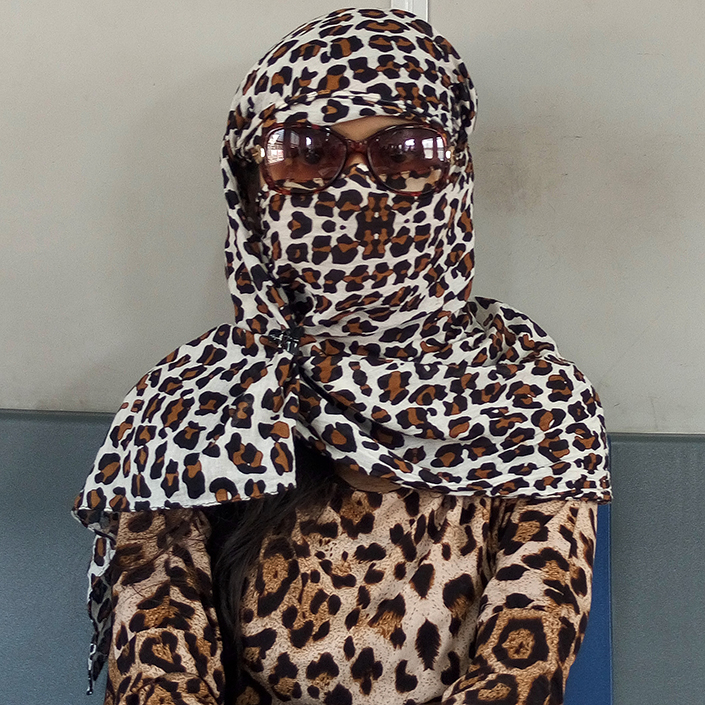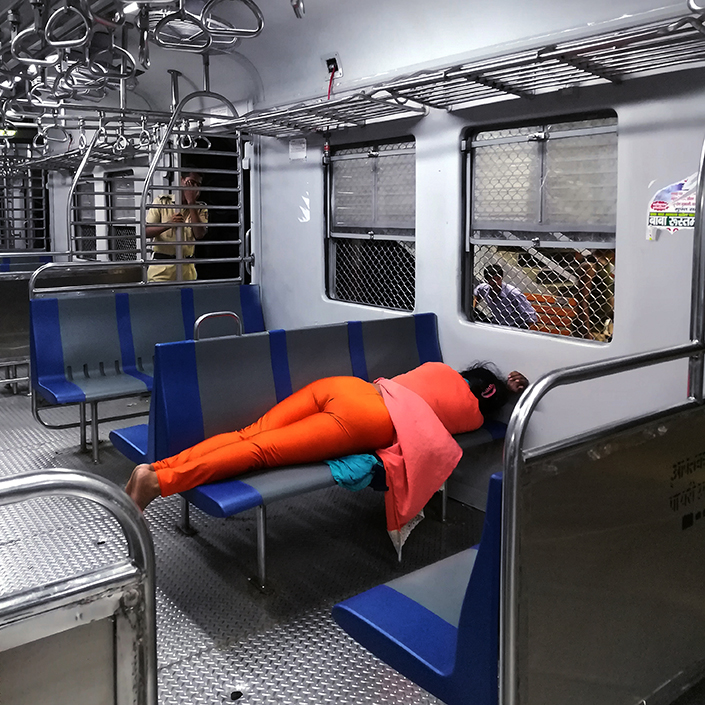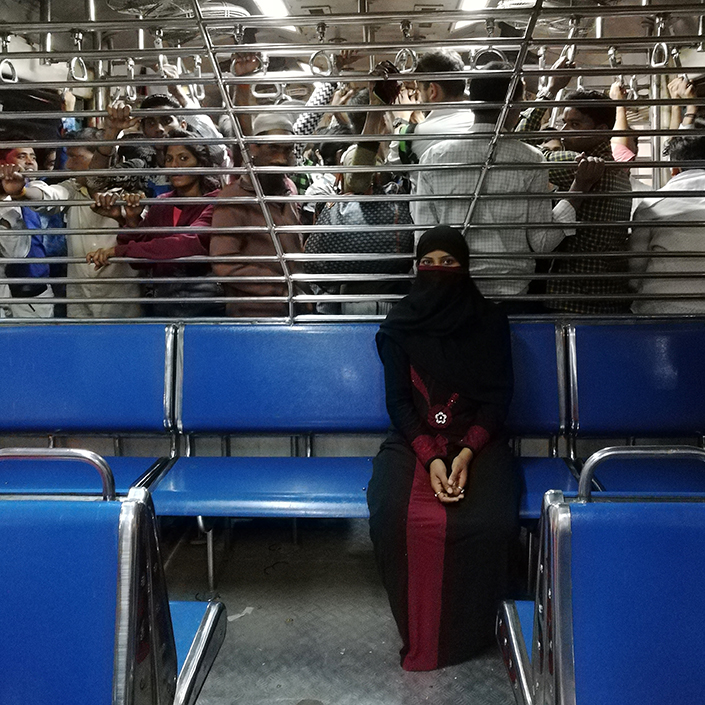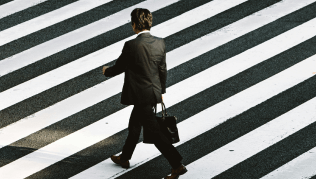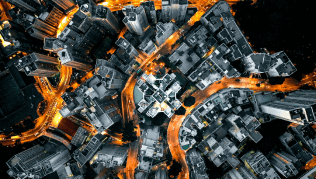
Anushree Fadnavis
Anushree Fadnavis is a Pulitzer Prize-winning photojournalist with Reuters, currently based in New Delhi, India. Her work appears in major Indian and international publications, including BBC, The New York Times, The Washington Post, The Globe and Mail, The Guardian, The Week, Open Magazine, The Hindu, Hindustan Times, Scroll, The Indian Express, and DNA. Her photography is also featured in Creative Image (founded by Raghu Rai), Arts Illustrated, Katha Collective’s online gallery, and Life on Instagram 2017 (Penguin UK).
She contributes to a project in Mumbai by the National Film Board of Canada, completes a residency at Galleri Image, Aarhus, and speaks as a panelist at the Indian Photography Festival, Hyderabad (2016).
Her ongoing project, #traindiaries, documents the lives of women commuters in Mumbai’s local train ladies’ compartments. Spanning over a decade, this personal visual archive captures intimate moments and daily experiences of these women.
About Work
John Berger, in Ways of Seeing, states, “A woman must continually watch herself… From earliest childhood, she has been taught and persuaded to survey herself continually.” Women constantly navigate spaces occupied by men—at home, at work, and in public. However, the ladies’ compartment of Mumbai’s local trains offers a rare space designed solely for them, free from the male gaze.
For Anushree Fadnavis, this compartment becomes a place of liberation and inspiration. Her project, #traindiaries, documents daily life within this unique space, capturing fleeting moments, evolving friendships, and the intimacy shared between strangers. Shot entirely on her phone, her virtual diary explores how people form connections in transient spaces, turning an ordinary train ride into a deeply personal journey.
Through her lens, she uncovers stories hidden in everyday encounters, proving that compelling human narratives exist even in familiar places. The train, in this sense, transforms into a stage where strangers become characters, and her camera captures their fleeting performances, offering insight into life and human connection.

